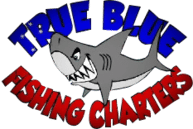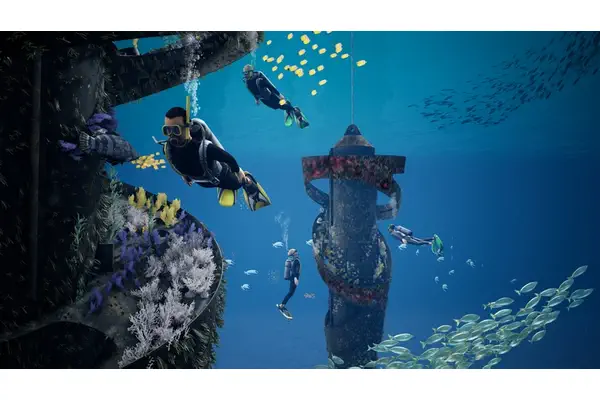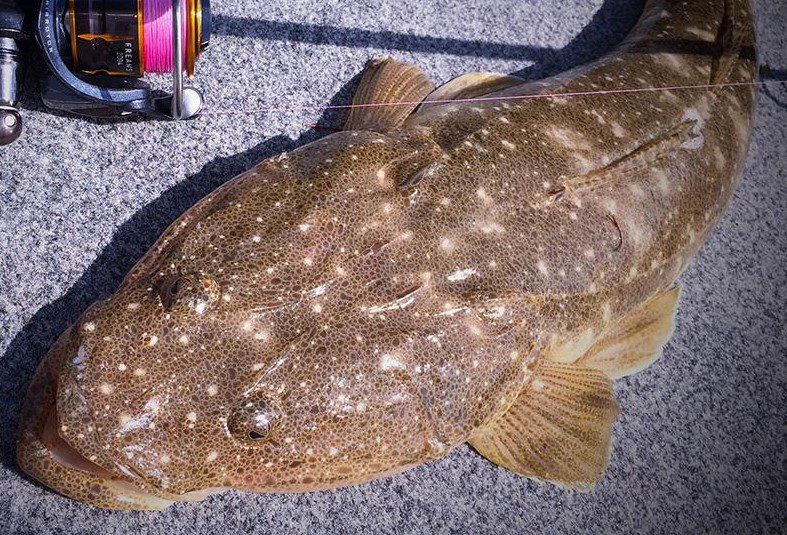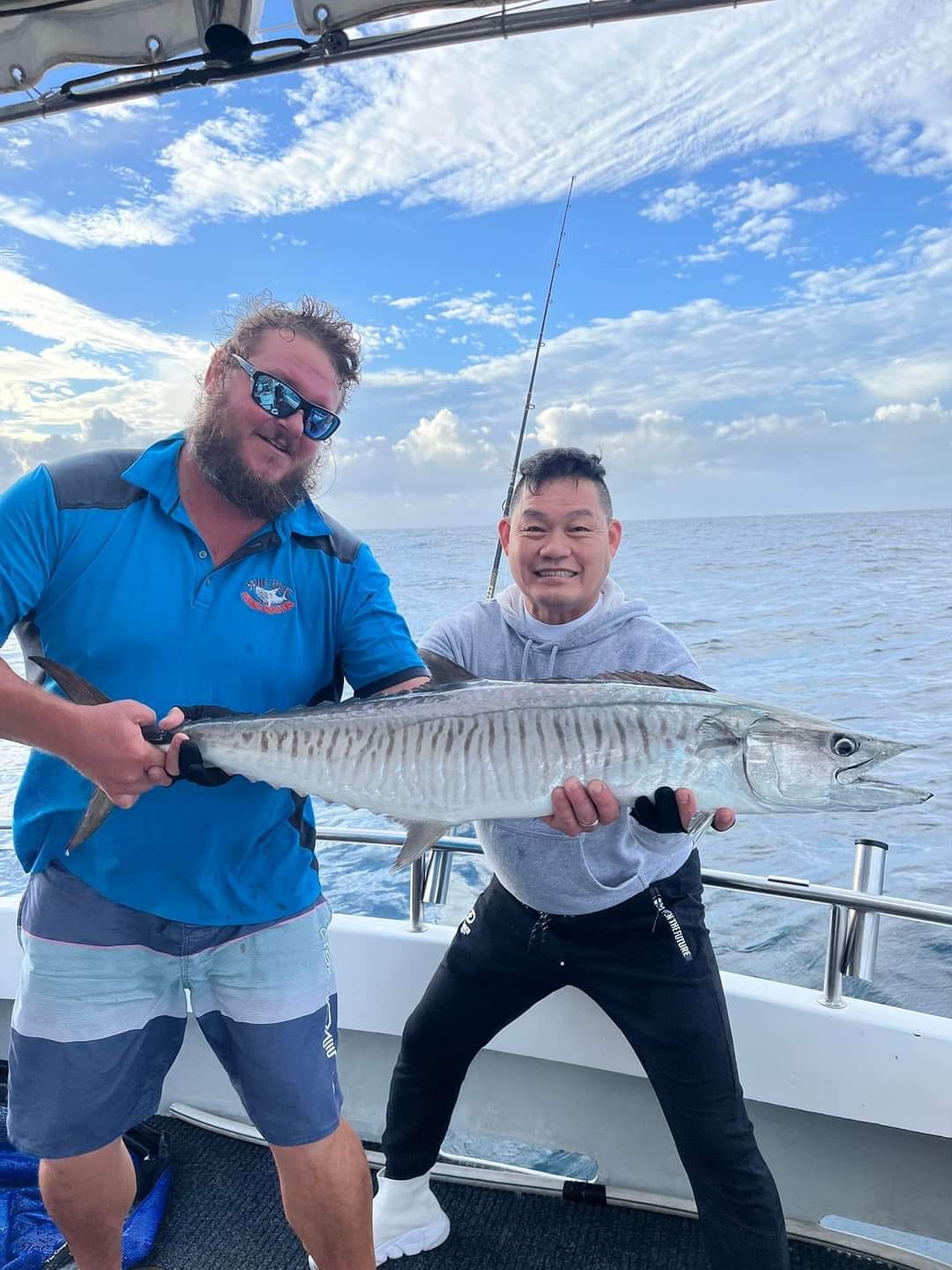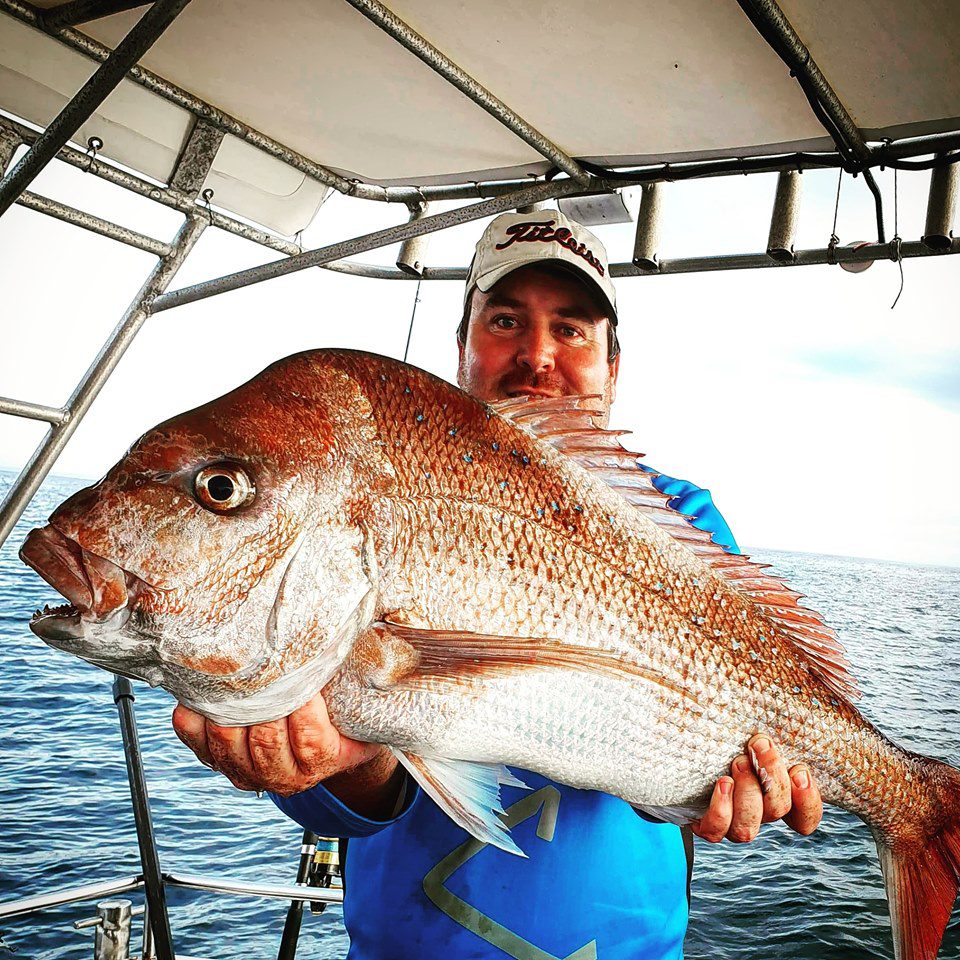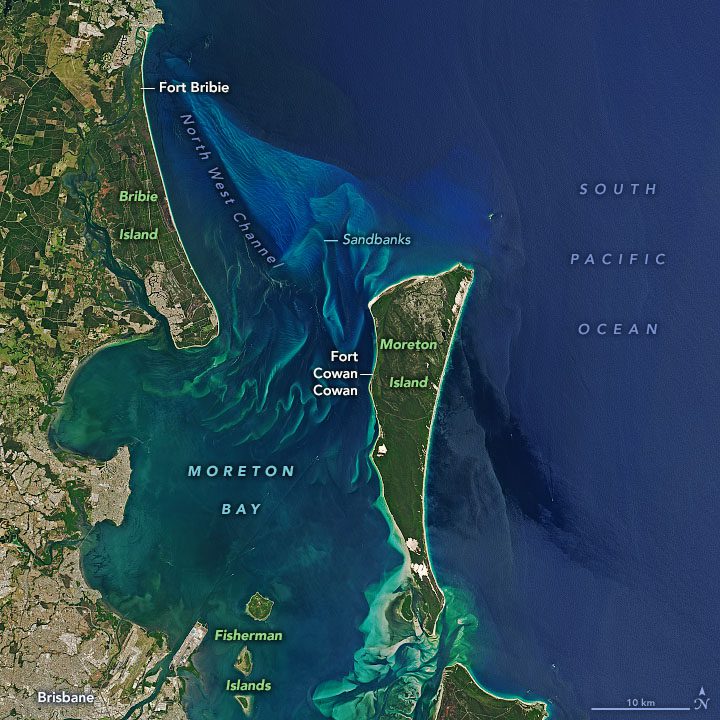SNAPPER FISHING GOLD COAST, TIPS AND TECHNIQUES, BAIT AND BURLEY HOW TO CATCH BIG SNAPPER ON THE GOLD COAST.
Snapper fishing Gold coast (knobbies, pinkies, red bream, squire)
Pagrus auratus
Snapper are about all year round. But many of the larger fish tend to turn up on the Gold coasts shallow reefs during the cooler months (may-September). The winter period offers good conditions for targeting snapper on the Gold coasts close reef systems. Westerly winds tend to flatten the seas. In turn giving favourable conditions for heading out a few miles to target these quality table fish.

Big Snapper are one of the most sought after target fish of recreational anglers Australia wide. And rightly so, They offer great sport on light tackle, can be targeted using various methods and are sensational to eat.
With so many fishermen chasing them it’s no wonder then that quality snapper are becoming a little harder to come by. However, with a bit of local knowledge, some good quality fresh bait, and the right tackle and rigs it is still possible to bag a good catch of decent size Snapper.
Snapper movements
Snapper tend to be seasonal in their movements on the offshore reefs. They usually spread out all over the place during the summer months with most moving out to deeper water, becoming a bit scarce with only the odd quality fish taken. As winter approaches they mostly move back towards the shallower water from 25m -90m deep.
This seasonal migration may be linked to water temperature, availability of food and breeding cycles. But it does seem to follow a regular pattern with the schools showing up at the same spots year after year. The fish start moving out to the deeper reefs in late October and then work their way back in to shallower water late may to early June.
By following these movement patterns it’s possible to target the fish more specifically.
Knowing where the fish are most likely to be and when, is a big help in actually finding them. Recording this information and also remembering when and where good catches are taken is worth noting.
Fishos who keep a diary, or maintain some kind of computer log can often look up details of how many fish were caught in previous years at given spots during a particular time frame. This detail is often similar year after year for the same locations. Maintaining good records will help you catch more quality Reds every season.
Local knowledge required for Snapper fishing Gold coast
Snapper love structure, they feed over various patches of reef, gravel or broken bottom and to target and catch them consistently, offshore anglers must know how to locate these areas.
Good local knowledge is the key. Knowing the marks for a good range of snapper producing grounds is essential for successful Snapper fishing off the Gold coast. There are various ways to find these marks, a good place to start is the internet. Local fishing clubs, Books and magazines will also yield GPS marks.
Another option is to go out with a local fishing charter operator and note land marks or take a hand held GPS and record a few waypoints. If you prefer you can just

head out on a weekend when the weather is favourable and look for other boats. You will see other like minded fishos working the many patches of broken reef. Most wont mind if you fish near by, but be courteous and don’t get too close. Don’t anchor in a fellow anglers
burley trail and be careful not to drift over other boaties anchor ropes, there is more than enough reef to go around.
GPS
A Global Positioning System (GPS) with all the marks recorded as waypoints makes life a breeze for the Avid angler. Alternatively if you don’t have a GPS or you are from the old school and not up to date with technology, a notebook with accurately recorded landmarks will do the job.
Snapper Habitat
Snapper schools can be located over a variety of habitats although most of these locations have hard rough bottom. Good areas to search are the edges of the reef particularly where hard reef meets sand or gravel bottom. A good quality depth sounder/fish finder is also an invaluable tool for locating hard bottom and structure. Drop offs and pinnacles. are always very likely snapper hang outs. The reef itself is also a good location as snapper will patrol most of the reef hunting for food.
Broken bottom featuring rock, gravel, sand or mud can also be productive. These rubble grounds seem to be favoured by pan sized squire from just legal up to a couple of kilograms. Bigger specimans are usually found around solid structures like pinnacles and caves,
Find the right ground and you will find the Snapper it’s as simple as that.
Bait and burley
Snapper respond well to a wide range of baits including squid, pilchards, crabs fresh slabs of mullet, mack
tuna or bonito,cuttlefish and shellfish.Fresh is best but frozen will suffice, generally speaking through the cooler months fresh

bait is easily caught on most of the Gold coasts close reefs, there is always plenty of yakkas, bonito and mack tuna around, it pays to take the time to catch fresh baits.
The pick of the baits are fresh squid, Pilchards or cuttlefish. Good presentation of baits is critical. A hungry snapper will swim straight past a bait that looks un natural, spend a little time making sure your bait presents well will pay dividends.
Burley
Berley is an essential ingredient if you want to become a winner in the offshore snapper fishing stakes. Particularly when fishing at anchor over structure. Burley can also be used while on the drift if conditions are favourable (light wind, gentle current, slow drift). If your drift speed is more than about half a nautical mile per hour it becomes less effective as you drift away from it too quickly.
Burley delivery
A Berley pot and masher is a very handy tool to deliver a constant stream of burley when working shallow reef systems. Use whatever you’ve got for burley, save old fish frames, old bread etc. Mackerel tuna make excellent burley if you can get them. Tuna fillets break up easily into small pieces. Be careful not to over do the burley, you don’t want to feed the snapper to the point that they are stuffed and won’t take your bait. Excess burley can also attract the local shark population which in turn tends to send the snapper scarpering.
Another very effective burley delivery system is a piece of 4 inch PVC pipe with 2 end caps and a few ½ inch holes drilled in it. Pre mince your burley at home, then freeze it inside your PVC canister. Attach it to your anchor chain. As the contents defrost it will send a steady trail of burley back under the boat.
Tackle
There is huge range of different tackle available for targeting Snapper. All of the major tackle manufacturers produce a range of gear to suit all budgets. You don’t have to spend a fortune on gear to catch some decent Snapper, avoid the

cheap nasty stuff, you only get what you pay for. If your on a budget go for mid range tackle, provided you look after it, it will serve you well for years to come.
Tackle types
The type of tackle you use will depend on the fishing method you wish to use. The simplest is the basic bottom bouncing outfit, consisting of a rod about 6 foot long usually coupled with a suitable overhead, thread line, or Alvey reel. Aside from handlines this is the oldest and purest type of tackle for chasing snapper. Many old timers still swear by Alvey snapper winches.
For the more adventurous who don’t like bouncing a heavy weight around all day, a slightly longer rod with a softer tip mated with either a thread line or small overhead reel is the ducks guts. An outfit such as this is ideal for both float lining and for working soft plastic lures over shallow reefs.
Terminal tackle/Rigs
There are two main rigs used for snapper fishing gold coast on south east Queensland’s offshore reefs. The first is a paternoster type rig with two droppers, the trace/paternoster should be made from a suitable leader material of between 15-20kgs attached to a mainline of 10-15kgs. Additionally utilising 2 5/0 Octopus style hooks and snapper lead of between ¼ – 1 pound depending on depth, current and drift speed. This rig can be used at anchor or while drifting, the main down fall is snags, snapper leads can get pricey, otherwise it’s an age old proven method for catching snapper

anywhere in Australia.
Float line
The second rig is known as a floater or float line it is designed to sink slowly towards the bottom. Floaters are mainly fished off thread lines, (The Shimano bait runner is widely considered as the best.) or small overhead reels.
The rig consists of a mainline between 6-15kgs attached to a suitable swivel, a trace made from a quality leader material approximately a metre long with 2 5/0 octupus pattern hooks, the top hook is tied with a snell, the end hook is attached with a locked blood knot. A small ball sinker is used between the hooks and swivel, size will depend on current etc.
Snapper Technique
The idea is to establish a burley trail, then allow a lightly weighted bait to slowly sink to the bottom, its a technique that requires some patience to learn, but once you get it down to a fine art you will never look back. The trick is to make the bait appear as natural looking as possible. Allowing it to sink down smoothly without jerky motions, while being ready to strike when the snapper grabs and runs with it.
This is by far the most exciting style of snapper fishing gold coast. Even the oldest smartest snapper can be fooled by using this method. This technique can also be used to fish totally unweighted baits in shallow or no current conditions. You will also catch many other species while float lining for snapper. Both pelagic and bottom dwelling species will fall victim to a well presented pilchard, cuttlefish, or strip bait.
Snapper Fishing Charters
Snapper fishing Gold coast on a beautiful winters morning is great fun. Remember to adhere to all bag limits and legal sizes. And for those of you that don’t own a boat and would like to experience the thrill of snapper fishing gold coast, why not try a Gold coast
deep sea fishing charter.
Happy Snapper fishing gold coast.
 Big Snapper are one of the most sought after target fish of recreational anglers Australia wide. And rightly so, They offer great sport on light tackle, can be targeted using various methods and are sensational to eat.
With so many fishermen chasing them it’s no wonder then that quality snapper are becoming a little harder to come by. However, with a bit of local knowledge, some good quality fresh bait, and the right tackle and rigs it is still possible to bag a good catch of decent size Snapper.
Big Snapper are one of the most sought after target fish of recreational anglers Australia wide. And rightly so, They offer great sport on light tackle, can be targeted using various methods and are sensational to eat.
With so many fishermen chasing them it’s no wonder then that quality snapper are becoming a little harder to come by. However, with a bit of local knowledge, some good quality fresh bait, and the right tackle and rigs it is still possible to bag a good catch of decent size Snapper.
 head out on a weekend when the weather is favourable and look for other boats. You will see other like minded fishos working the many patches of broken reef. Most wont mind if you fish near by, but be courteous and don’t get too close. Don’t anchor in a fellow anglers burley trail and be careful not to drift over other boaties anchor ropes, there is more than enough reef to go around.
head out on a weekend when the weather is favourable and look for other boats. You will see other like minded fishos working the many patches of broken reef. Most wont mind if you fish near by, but be courteous and don’t get too close. Don’t anchor in a fellow anglers burley trail and be careful not to drift over other boaties anchor ropes, there is more than enough reef to go around.
 bait is easily caught on most of the Gold coasts close reefs, there is always plenty of yakkas, bonito and mack tuna around, it pays to take the time to catch fresh baits.
The pick of the baits are fresh squid, Pilchards or cuttlefish. Good presentation of baits is critical. A hungry snapper will swim straight past a bait that looks un natural, spend a little time making sure your bait presents well will pay dividends.
bait is easily caught on most of the Gold coasts close reefs, there is always plenty of yakkas, bonito and mack tuna around, it pays to take the time to catch fresh baits.
The pick of the baits are fresh squid, Pilchards or cuttlefish. Good presentation of baits is critical. A hungry snapper will swim straight past a bait that looks un natural, spend a little time making sure your bait presents well will pay dividends.
 cheap nasty stuff, you only get what you pay for. If your on a budget go for mid range tackle, provided you look after it, it will serve you well for years to come.
cheap nasty stuff, you only get what you pay for. If your on a budget go for mid range tackle, provided you look after it, it will serve you well for years to come.
 anywhere in Australia.
anywhere in Australia.
